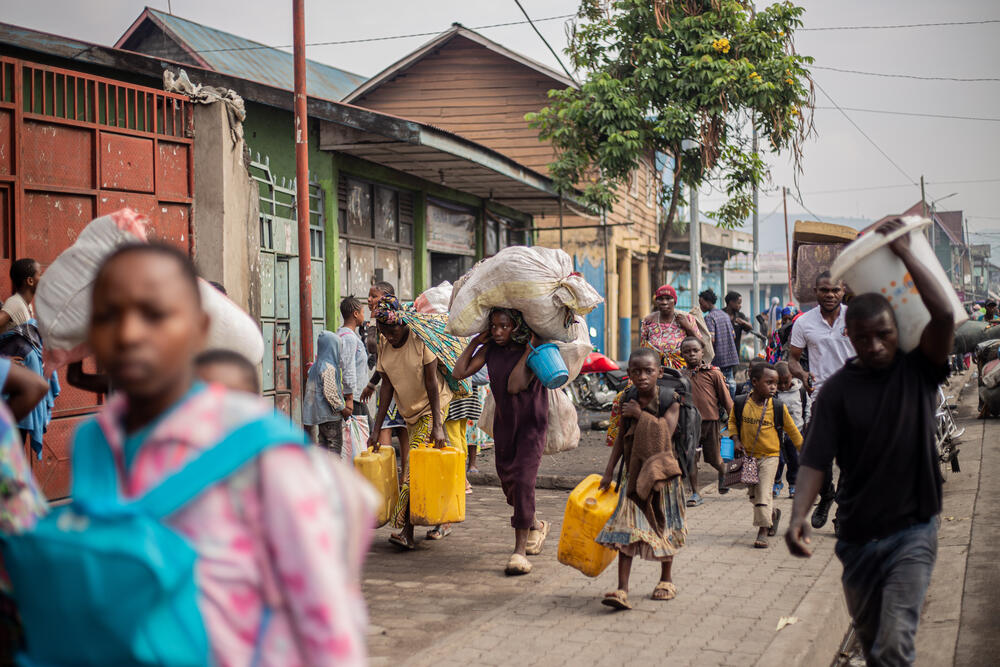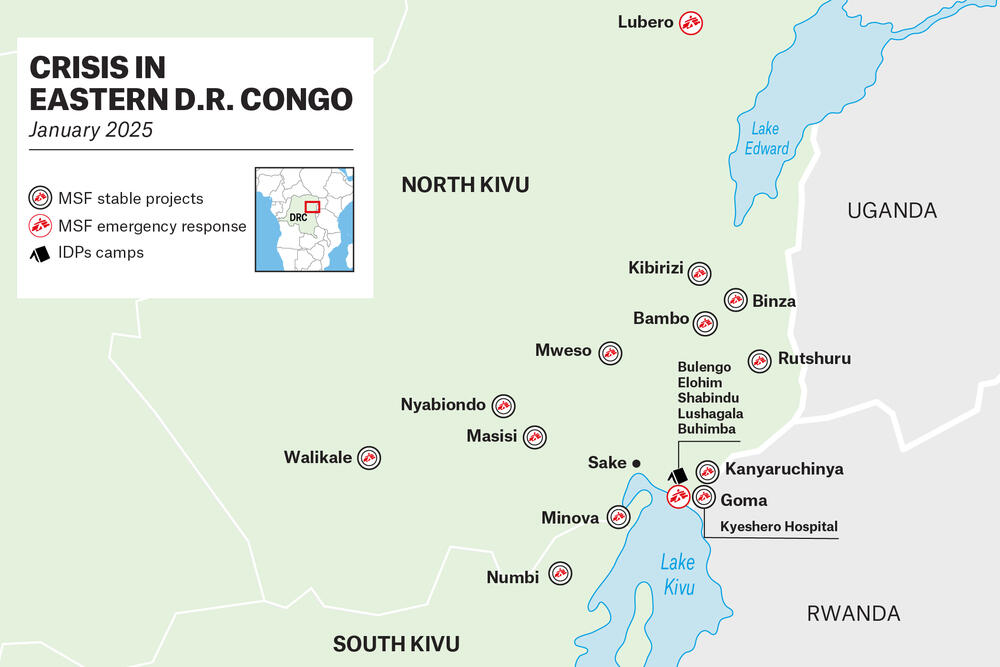Democratic Republic of Congo conflict
The rapidly evolving conflict between the armed group M23/Alliance Fleuve Congo (AFC) and the Congolese army in Democratic Republic of Congo (DRC) has intensified since December 2024, displacing hundreds of thousands of people and resulting in many casualties and violent injuries.
The war has seriously affected the already critical humanitarian and health situation in eastern DRC, where people face the risk of infectious disease outbreaks, sexual violence and inadequate living conditions.
Médecins Sans Frontières / Doctors Without Borders (MSF) teams – already present in DRC – have been responding to the crisis from its first moments.
What’s happening in DRC now?
Since December 2024, violent clashes between the armed group M23/AFC and the Congolese army, supported by allied groups, have increased in the province of North Kivu in eastern DRC.
Fighting reached Goma, the capital city of North Kivu, where 650,000 people have already been displaced into makeshift camps alongside approximately two million people living in the city.
Armed clashes are also taking place in other parts of North Kivu, such as Masisi and Mweso, as well as in South Kivu province. As the fighting continues, many people flee further south.
What’s happening in Goma?
After heavy fighting, the M23/AFC took control of most of Goma at the end of January 2025 and announced a new parallel administration in the city– not recognised by DRC’s official government.
The intensification of clashes in the city initially forced MSF to partially reduce its activities in some of the displacement camps and to temporarily withdraw some staff from several medical facilities and offices.
Latest news and updates from DRC
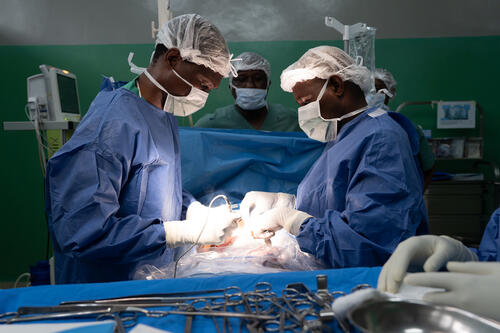
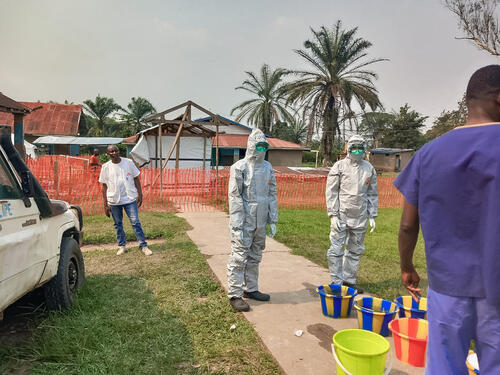
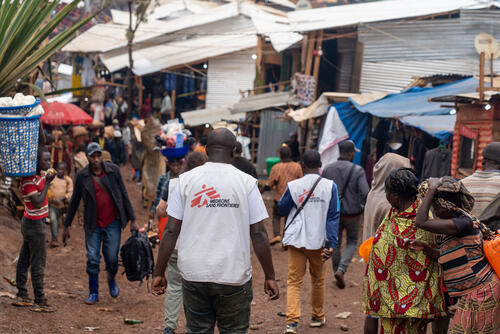
How is the crisis affecting the people of DRC?
A refugee crisis
The UN estimated that 290,000 people were displaced in December 2024, and in early January 2025 an estimated 102,000 people were displaced in less than a week.
Displacement sites around Goma were already failing to meet needs, with families surviving without proper shelter and lacking food, water, and basic healthcare.
Sexual violence
An MSF report showed an explosion in the number of survivors of sexual violence treated by our teams in DRC, averaging at least two people every hour in 2023, with the increase continuing into 2024.
The vast majority of survivors were treated in the displacement sites around Goma, and this explosion of sexual violence was connected to the massive presence of armed men in and around the camps.
Infectious disease outbreaks
The risk of cholera outbreaks is of high concern due to unsafe water sources, inadequate sanitation and displacement.
Mpox is not new in DRC. Cases of the disease have been rising for the past decade.
However, in 2024 in North and South Kivu provinces, the virus mutated into a form that seems to be more transmissible between humans. On 14 August the World Health Organization declared the mpox outbreak a public health emergency of international concern.
How is MSF responding to the DRC crisis?
MSF runs some of its largest programmes in DRC, working in 19 of the country’s 26 provinces.
While regular programmes continue, MSF emergency teams assess humanitarian needs every day in response to the rapidly evolving crisis.
Despite the intense violence, MSF teams continue to provide medical assistance to people in North and South Kivu. This includes providing medical care, malnutrition treatment, cholera treatment and care for survivors of sexual violence.
Activities also include:
- Caring for people wounded in the violence in Kyeshero and Virunga hospitals in Goma
- Responding to severe malnutrition and measles cases among children at Kyeshero Hospital
- Collecting and distributing blood packets for other overwhelmed hospitals in Goma
- Distributing clean water and food and reinforcing sanitation in the camps around Goma
- Increasing capacity for cholera response as some cholera treatment centres are already full
Where is DRC?
The Democratic Republic of Congo is located in central Africa and is the largest country in Sub-Saharan Africa.
Background: What caused the conflict in DRC?
The northeast of DRC has endured decades of insecurity since the fallout of the 1994 genocide in neighbouring Rwanda. Driven by ethnic tensions and a fight for resources, the protracted violence involves over 100 armed groups (such as the widely-known M23), as well as Congolese government forces and UN peacekeepers.
Millions of people have been displaced, infectious disease outbreaks are frequent and access to essential healthcare is a critical need.
What you can do to help people in DRC
Right now, our teams are treating people caught up in an appalling humanitarian crisis. This is only possible because of donations from people like you.
By giving to our general funds today, you will be helping ensure we can respond to emergencies and conflicts around the world, including in DRC.
Please donate today to support our teams
